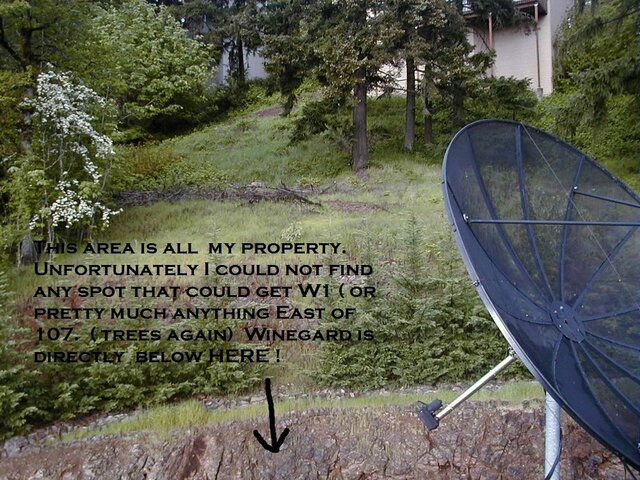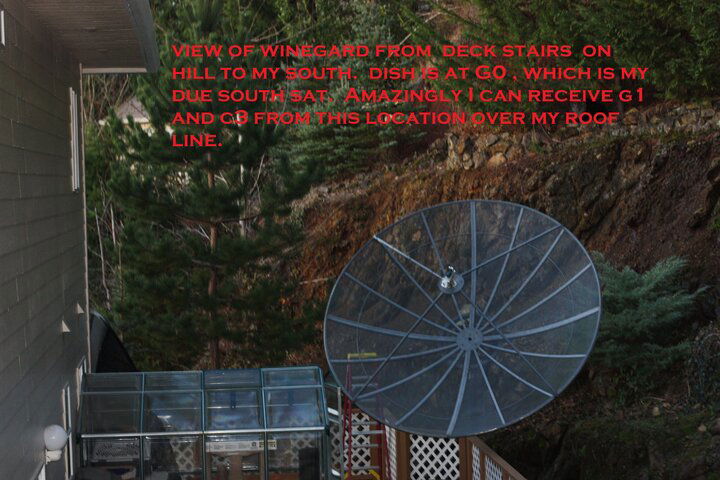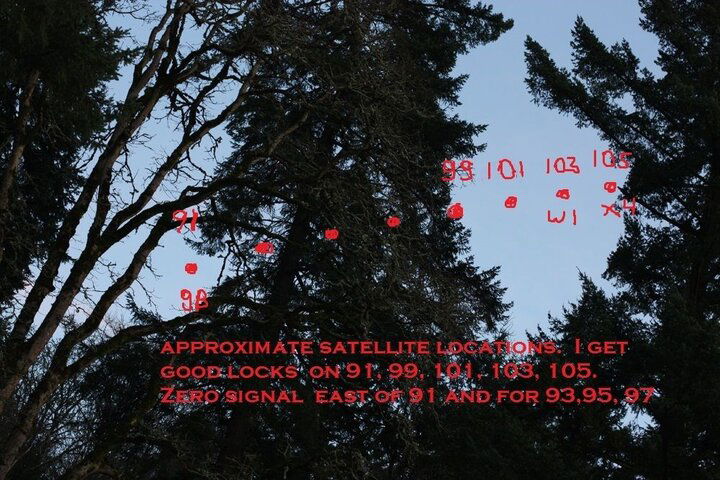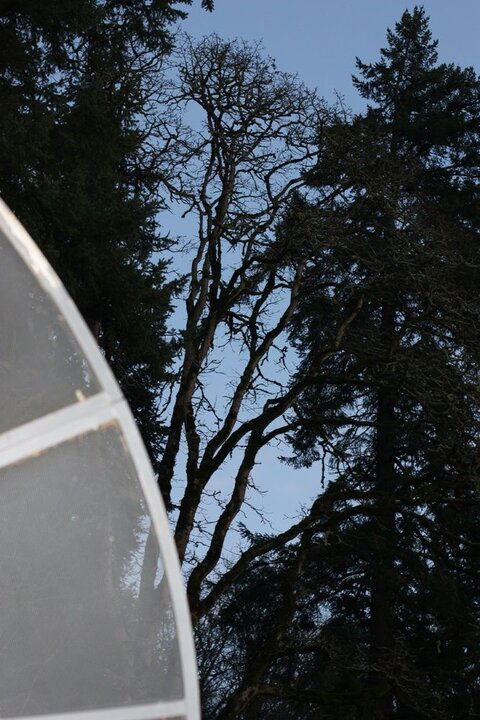I have had a lot of trouble trying to get the Denver feeds ( 103 W RM8). In the past when they were on 135 I had no problem. At that time I had the dish mounted on my roof and had Clear sky from 105 to everything West of there . I could also pick up 97 very weakly, and 91-95 fine. One tree blocked all sats from 103-97. 95 , 93 91 were clear then trees again to the east . When they (RM8) were shut down by Charlie and then moved to W1 (103) I had a lot of trouble trying to find a place where I could access them. Douglas firs blocked all sats from 97 to 105. After a lot of effort I found that if I moved the 8.5 foot Orbitron I had to my rear deck from my roof, I could get them via a hole between 2 douglas fir trees. Signal and quality have always been somewhat compromised. The max Quality I ever got was 35 with a signal about 70. Average is signal 68 , quality 30
Lately with X4 in play I have subscribed to the Get it all pack. I also had subbed to Starz on W5, but always had trouble with Vertical transponders as they were about 50% quality of the Horizontal TPs. Since I have DirectV I was not too concerned about it
Although the Denver MUX would come in at about 30-35 quality and I never had a problem locking them I always had trouble with certain TPs (vertical Polarity on W5). And with poor moisture (rain ) the RM8 would drop to about 20 Quality ( but still lock fine ) on my 920.
I recently put in a 10 foot dish in place of the 8.5 foot. Whereas my max quality was never higher than 35 before on W5 (105) I now can get a quality of max 50 and average 25 -35 on both vertical and Horizontal Polarity. That is when it is clear and dry. However , When it RAINS ( which is happenng a LOT the last few weeks up here in Oregon) I will see quality drop to the 20-25 level on Horizontal and below 10 on horizontal on occasion..
I have played with the feed placement and scalar settings many times the last week, but the dish is limited to those values, so I assume the feed is close to correct if not perfect., and they are as high as it gets. Rain fade is not supposed to be a factor on C-band, but I have had the same issue with a DMX 741, co rotor2 and Adl RP3 feed with different lnbs and TWO separate 920s. The Horizontal feed is about 2 x the strength of the Vertical feeds in terms of quality, on X4(105). If it rains , many X4 feeds Vertical feeds drop to signal <65 and Quality <10...pixelated or no lock.
My thought is that the Douglas fir trees that are blocking a lot of my satellites are PARTIALLY blocking my W5 (X4 105 W) feeds and that is why I am having issues with X4.Since there were only the RM8 feeds on W1 and they were always the same polarity, I feel that the reason they came in fine was the polarity was in the Vertical (physical) direction AND they were also more clear than the X4/W5 feeds. I can lock the Caribbean net feeds on G4 (99 W) with my FTA using this dish...but everything EAST of 99 (until 95) is also blocked by another Tree. The Vertical TPs on W5 /X4 should actually be looking horizontally across the dish, so they would ghave a lower sigbal if they are partiaaly occluded.
My question is ...can a tree which is blocking (say) the right side of a dish ( if viewed from behind the dish looking toward the SAT) affect signal and quality on a satellite in ONE polarity?. And would this explain Rain fade occurring on a 10 foot C-band dish, that would actually cause enough loss to lose digital lock on a 4d (again in ONE polarity)?
The quality drops in BOTH polaritys...but always drops more in the VERTICAL ( for X4) polarity when it is Raining. ( note we are having heavy rain here the last week, and when it stops Quality and signal both go up to levels that are aceptable for viewing without tiling). In addition Vertical polarity is always lower than Horizontal in both signal and qulaity.
As a side note...I can get solid locks on other DC sats ( G0- C4) when this is occuring on X4/W5...siganl/quality may be down while raining but not in the same amount. There are no objects that would block part of the Dish view on these sats. There is no apparent polarity issue with huge changes in signal or quality on sats that don't have close trees or other obstructions.
Am I beating my head against a wall here, and the trees are the full problem? Or am I missing something . ( I have done my best to align the feed and the dish tracking and can't get any further improvement after trying feed, focus and scalar adjustments.)
IS there another explanation for this occurring on two separate dishes (orbitron 8.5 and Winegard 10) with Three separate feedhorns, and Two 920s? The two things common are the dish location and the cables to the receivers.
Last edited:










